10 Sizzling Food of Mexico Facts That Will Spice Up Your Culinary Knowledge!
Description
Get ready to taco 'bout some spicy truths! In this article, we dive into the flavorful world of Mexican cuisine — from its ancient roots to modern-day innovations. Whether you're a seasoned foodie or just curious about chili peppers, this list will leave your taste buds tingling and your brain buzzing.
Table of Contents
- Introduction
- Fact #1: Tamales Were the OG Fast Food
- Fact #2: Chocolate Was Originally a Spicy Drink
- Fact #3: The Holy Trinity of Mexican Cooking
- Fact #4: Mole Comes in Many Flavors — Literally
- Fact #5: Corn Isn’t Just for Tacos — It’s Culture
- Fact #6: Chili Peppers Are More Than Heat — They’re Healing
- Fact #7: Nopales (Cactus) Aren’t Just for Desert Lovers
- Fact #8: Street Food Rules — And We Mean That Literally
- Fact #9: Avocados: Mexico’s Green Gold
- Fact #10: Día de los Muertos = Día de las Ofrendas y Dulces
- Conclusion
Introduction
Mexican food is more than just tacos and tequila shots — it’s a rich tapestry woven from history, culture, and an insane amount of spice. From pre-Hispanic traditions to UNESCO recognition, Mexican cuisine tells stories through its flavors. In this blog post, we’ll explore ten sizzling facts that’ll make you appreciate every bite a little more — and maybe even impress your friends at your next fiesta.
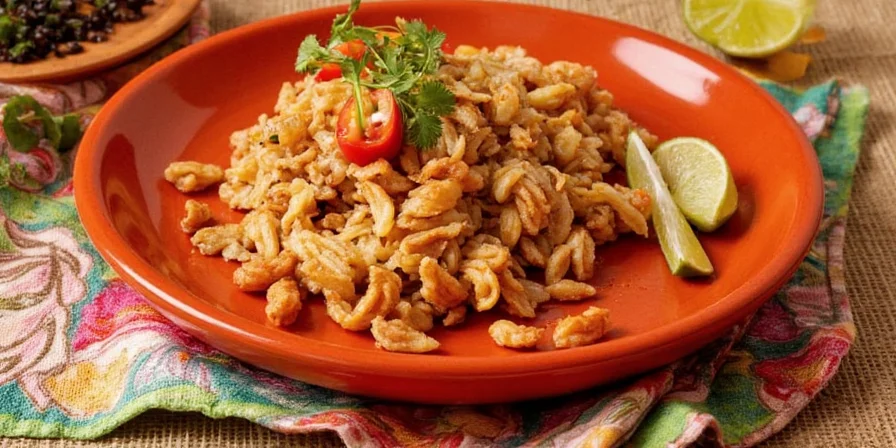
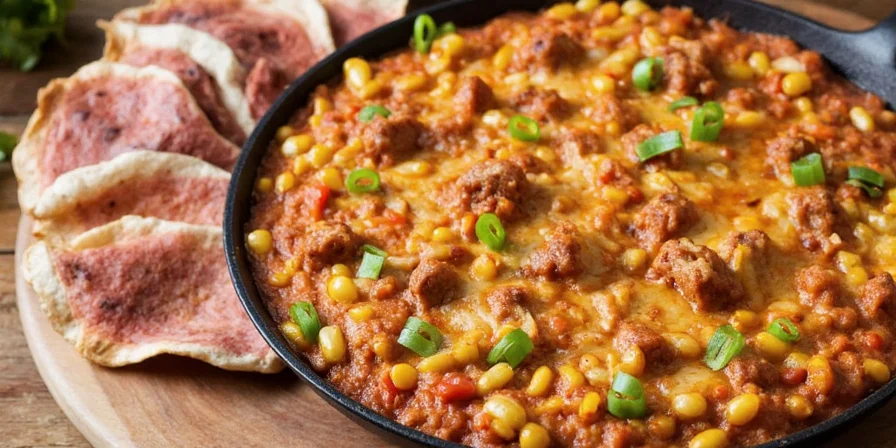
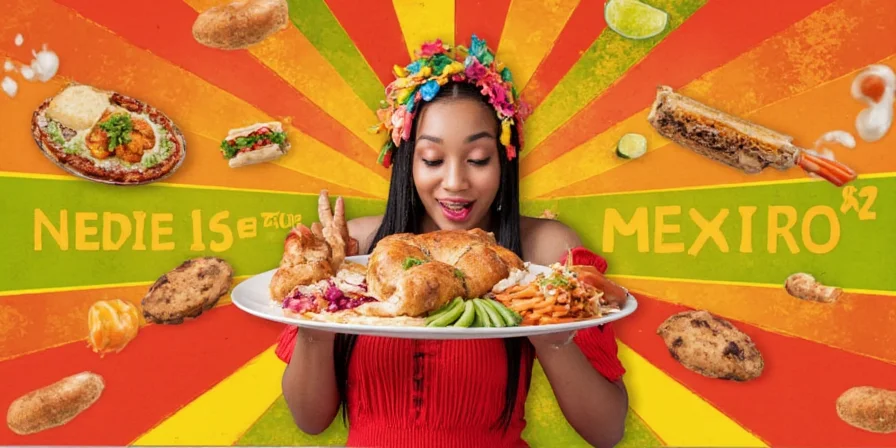
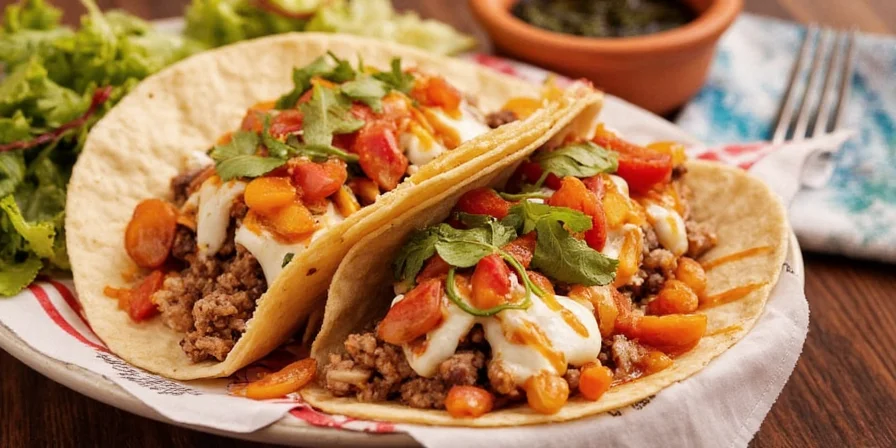
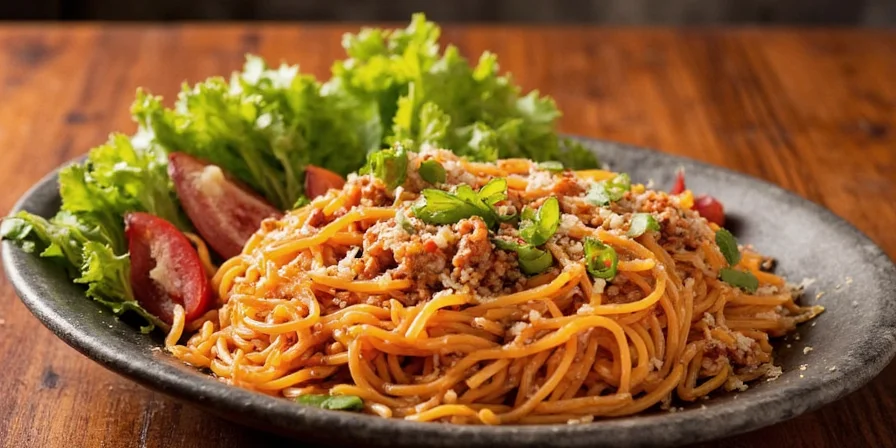
Fact #1: Tamales Were the OG Fast Food
In ancient times, long before gas stations sold burritos, there were tamales. Wrapped in corn husks and steamed to perfection, tamales were portable powerhouses of flavor — ideal for warriors on the move, traders trekking through jungles, or anyone needing a quick energy boost without unpacking a whole kitchen.
- Spice Tip: Add a dash of chili powder to your masa dough for a smoky kick.
- Historical Hook: Hernán Cortés described tamales as “the bread of the country” during his conquest of Mexico.
Fact #2: Chocolate Was Originally a Spicy Drink
Before chocolate bars hit supermarkets, the Maya and Aztecs drank it mixed with chili, vanilla, and sometimes even flower petals. This frothy, bitter, spicy beverage was considered divine and reserved for nobility and warriors.
| Modern Hot Chocolate | Ancient Mesoamerican Version |
|---|---|
| Sweet and creamy | Bitter and spicy |
| Dairy-based | Plant-based (cacao + water) |
| Served hot | Served cold or at room temperature |
Fact #3: The Holy Trinity of Mexican Cooking
No, not Father, Son, and Holy Spirit — we’re talking onion, garlic, and chili peppers. These three ingredients form the foundation of most Mexican dishes. They’re like the Avengers of flavor — when they team up, magic happens.
- Chef’s Secret: Toast chilies before blending to unlock deeper, smokier notes.
- Variation Alert: Regional styles tweak this trinity — add epazote in Oaxaca, or hoja santa in Michoacán.
Fact #4: Mole Comes in Many Flavors — Literally
You thought mole was just one sauce? Think again! There are at least seven traditional types of mole, each with its own regional twist. From mole negro in Oaxaca to mole verde in Puebla, this sauce is a symphony of spices, nuts, seeds, fruits, and yes… chocolate.
- Pro Tip: Make mole in advance — flavors deepen over time.
- Warning: Mole poblano can take up to 30 ingredients and half a day to prepare!
Fact #5: Corn Isn’t Just for Tacos — It’s Culture
In Mexico, corn isn’t just food; it’s identity. The indigenous peoples believed humans were created from maize, and today, over 50 native varieties exist across the country. Each color brings its own nutritional profile and culinary personality.
| Color of Corn | Nutritional Benefits |
|---|---|
| Yellow | High in beta-carotene |
| White | Milder flavor, softer texture |
| Blue | Richer in antioxidants |
Fact #6: Chili Peppers Are More Than Heat — They’re Healing
Chili peppers have been used medicinally for centuries. Capsaicin, the compound responsible for heat, has anti-inflammatory properties and is even found in topical pain relievers today. Ancient healers used chilies to treat everything from toothaches to indigestion.
- Heat Scale Hack: If you want the flavor but not the burn, remove the seeds and inner membranes.
- Hot Tip: Pair spicy food with dairy (like sour cream or cheese) to cool things down.
Fact #7: Nopales (Cactus) Aren’t Just for Desert Lovers
If you haven’t tried cactus in your salad, you’re missing out. Nopales, or prickly pear paddles, are loaded with fiber, vitamins, and minerals. They add a slightly tangy crunch to any plate and are commonly used in tacos, salads, and stews.
- Prep Trick: Rinse them thoroughly and boil briefly to reduce sliminess.
- Fun Fact: Mexico produces over 1 million tons of nopales annually — that’s a lot of cactus!
Fact #8: Street Food Rules — And We Mean That Literally
Mexican street food isn’t just popular — it’s protected by law. Some cities have regulations ensuring vendors meet hygiene standards while preserving the authenticity of their craft. From elotes to tlayudas, these bites pack big flavor in small packages.
- Street Savvy: Follow the crowd — if locals line up, it’s usually a good sign.
- Golden Rule: If it looks fresh and smells amazing, go ahead and try it!
Fact #9: Avocados: Mexico’s Green Gold
Mexico is the world’s largest avocado producer, and the Hass variety reigns supreme. Known as “green gold,” avocados are a major export and a staple in everyday cooking. Whether mashed into guacamole or sliced onto tacos, avocados bring richness and health benefits galore.
- Freshness Hack: To check ripeness, gently press near the stem end — it should yield slightly.
- Storage Tip: Keep unripe avocados in a paper bag with a banana to speed up ripening.
Fact #10: Día de los Muertos = Día de las Ofrendas y Dulces
During Day of the Dead celebrations, food plays a central role in honoring loved ones. Traditional offerings (ofrendas) include pan de muerto, candied pumpkin, and skulls made of sugar. These sweet treats symbolize life, death, and the joy in between.
- Celebratory Idea: Try making your own mini ofrenda at home using favorite family recipes.
- Symbolism Spotlight: Marigolds guide spirits home — so don’t forget to decorate with them!
Conclusion
Mexican cuisine is a vibrant blend of history, culture, and flavor. From tamales as ancient fast food to the medicinal power of chilies, every ingredient tells a story. So the next time you bite into a taco or sip a spicy margarita, remember — you’re not just eating; you’re experiencing centuries of tradition.
- Explore beyond the familiar — dive into lesser-known regional specialties.
- Respect the spice — it’s more than heat, it’s heritage.
- Cook with intention — whether it’s for celebration or comfort, let the flavors speak.
Stay spicy, amigos 🌶️

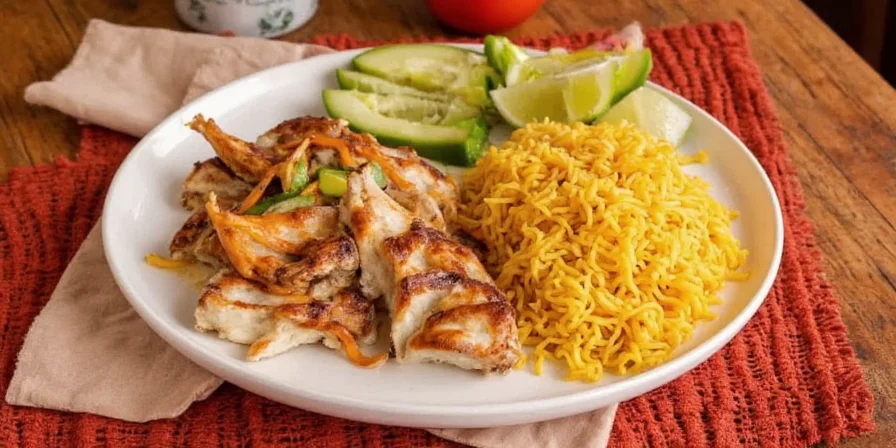









 浙公网安备
33010002000092号
浙公网安备
33010002000092号 浙B2-20120091-4
浙B2-20120091-4